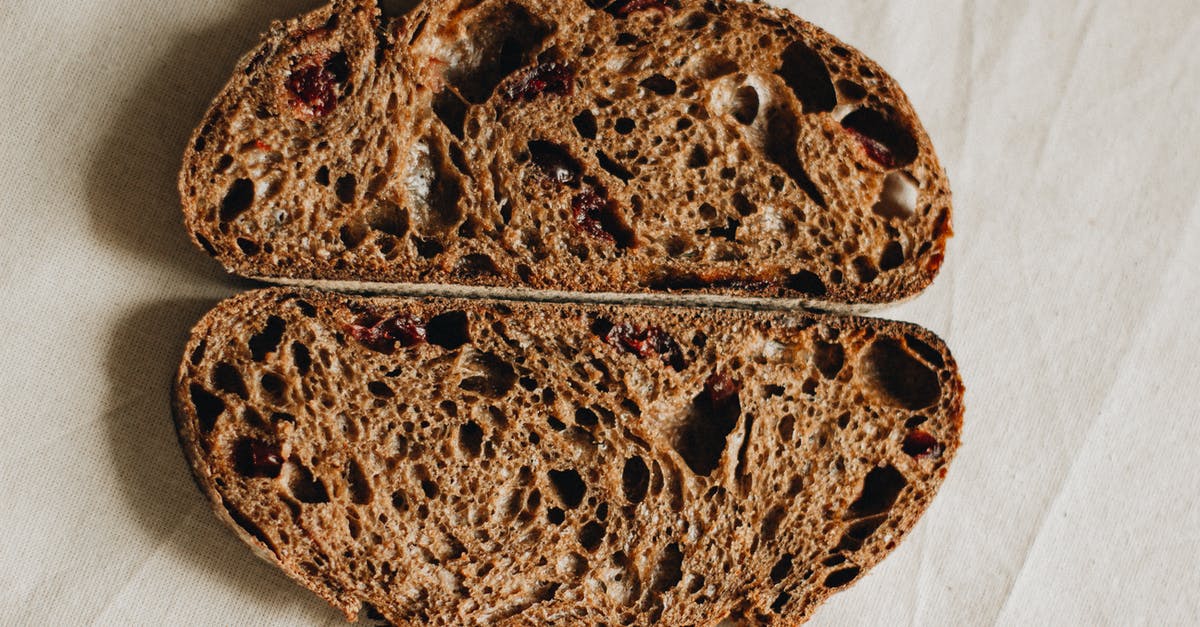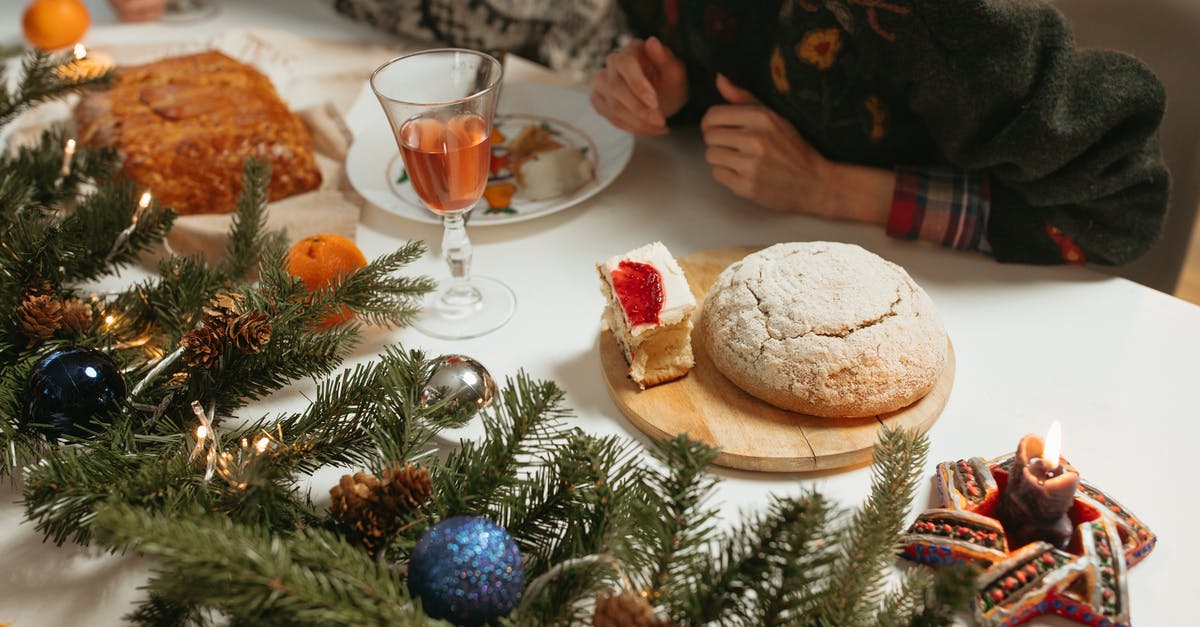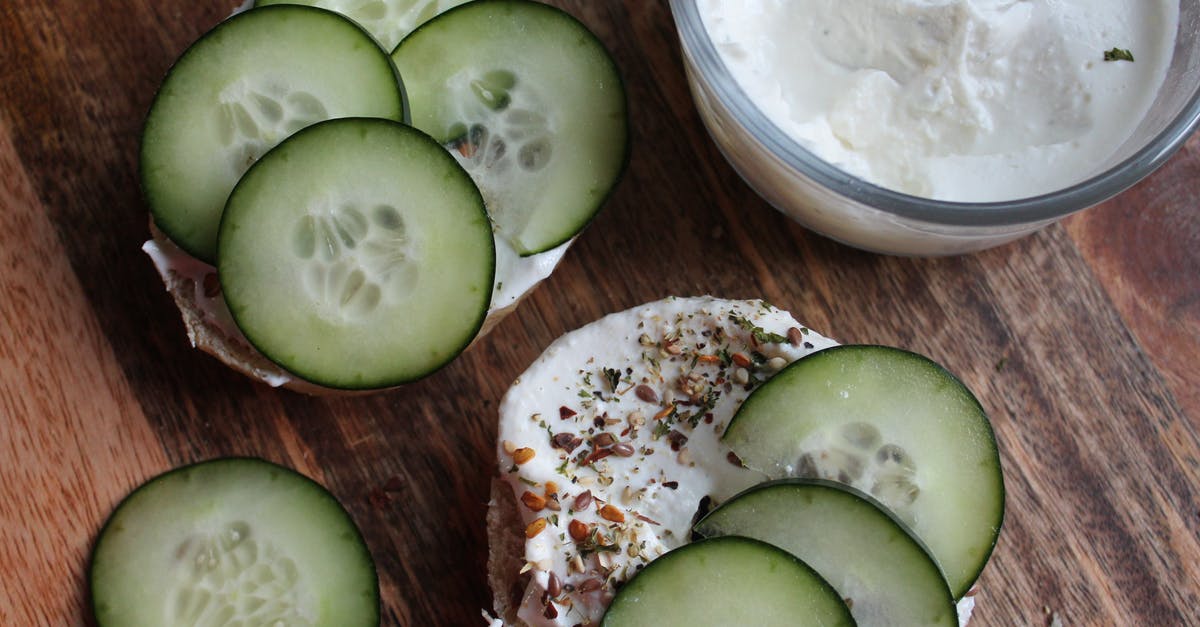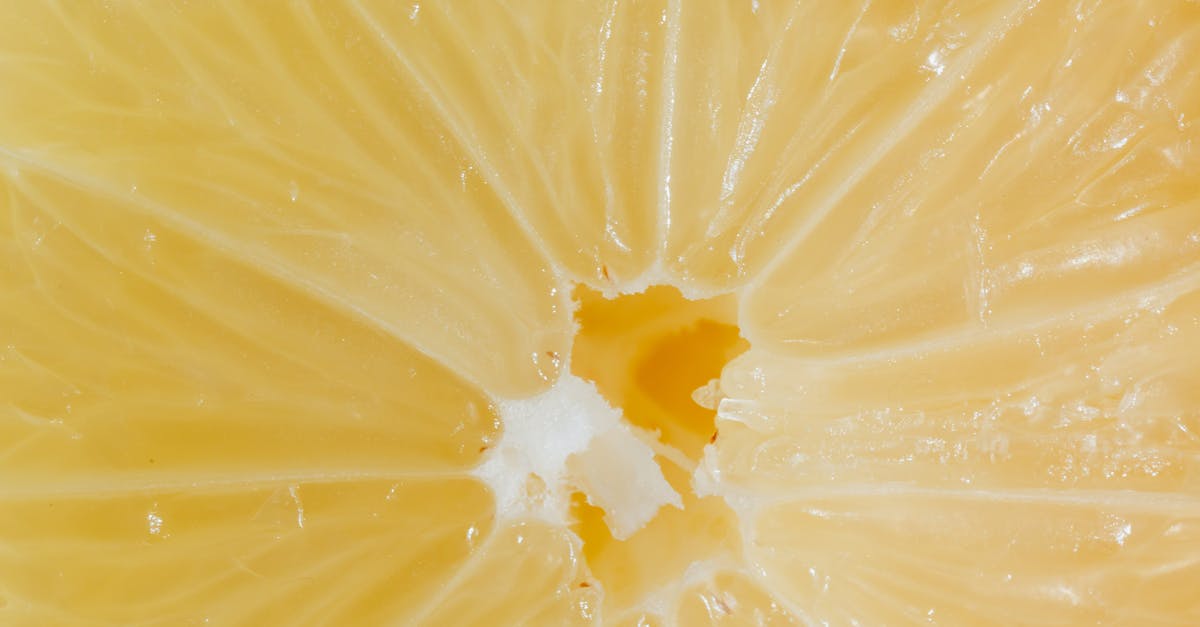Tartine + Sourdough Taste

I just moved to the San Diego area and began making my bread starter from scratch (it's 3 weeks old now) from the Tartine cookbook. I just made the country loaf and it rose perfectly and looks just like the pictures.
My issue is that is doesn't taste anything like sourdough bread. In the book I believe the author mentioned to extend the bulk fermentation phase from 3-4 hours to an extended period of time to create more complex flavors. So I extended that fermentation phase to 7 hours, but it still lacked the Sourdough taste that I was looking for (I'm comparing the taste to Boudin bread in San Francisco).
Is there something I need to add or should I just keep feeding my starter and eventually it'll get there? From what I understand it has to do with the bacteria in the air or in my hands, so maybe I just need my friends in the Bay Area to ship me some C02.
Thanks!
Best Answer
My own experience diverges somewhat from the celebrated Tartine experience. Don't get me wrong, I think it is an amazing book and an amazing bakery...it's just that my experience is not commensurate with the book.
First of all, remember that the Tartine bakers who made the starter in the book are, themselves, covered with the natural yeast from working in that bakery - it's no wonder they have a hyperactive starter.
When I decided to make a foray into sourdough, I went with a starter that was basically the Tartine starter. I consulted numerous sources for inspiration, but ultimately found that my starter matured MUCH more slowly than what I saw in the books I consulted.
My starter matured in two stages: (1) where it was able to double in volume within 12 hours of feeding, & (2) where it developed its complex sour smell and flavor characteristics. With daily feedings, my starter finally started doubling in volume after about 2 weeks (I was using equal parts rye and whole wheat to feed it). But it took well over three additional weeks after it developed its capacity to leaven before the flavors in my starter were fully developed. I didn't bake my first sourdough until my starter was 5 1/2 weeks old.
I think that a sourdough starter should be judged more by smell then by leavening capacity. My starter went through phases of smelling like leather, then smelling like wine-y fruit, and finally like acetic acid (vinegary). I baked my first loaf when my starter smelled like San Francisco smells outside a bakery at 5 am - that's how I arrived at the 5 1/2 week mark. And I was going for that bay area sourdough too - nothing subtle. I live in southeastern Virginia - a LONG way from San Francisco - and I swear that my loaves have the uniquely buttery/vinegary tang that I associate with the bay area sourdoughs.
I didn't refrigerate my starter until after 10 or 11 weeks of daily feedings - by that time, I wasn't noticing any perceptible changes in starter smell (and the rising power had been fine since about the 3rd week). Surely the starter would have continued to evolve, albeit more slowly, if I had never refrigerated, but I was satisfied with the taste of my bread by then and tired of the daily ritual and wasted flour. Longer fermentation times using young starters won't generate the flavor that comes with a fully mature starter.
Also, I totally recommend using filtered or bottled water for your starter and for any bread you make with your starter. Starters can smell chlorine like dogs can smell fear. And if you really like your sourdough sour, try using scalded buttermilk for the liquid in your loaf - it adds some lactic acid back to the equation and the milk will help soften the crumb of the loaf.
Good luck and have patience. Great sourdough is worth the time and discarded flour.
Pictures about "Tartine + Sourdough Taste"



Quick Answer about "Tartine + Sourdough Taste"
#1: Tartine Bakery (8.5/10) Its crumb is described as "very moist and stretchy," with a "yeasty and complex" aroma. Like a few of the more recent bakeries, their flavor profile tends toward a "pleasant char mixed with sourness." This was one of the darkest-baked loaves we tried.What is special about Tartine bread?
This bread has just the right amount of sourdough flavor. The crust is super crunchy, and the interior is soft and airy. It's really hard to wait for the loaves to cool before breaking into them, but it's essential to let the loaves continue to complete the baking process once they have been removed from the oven.What makes Tartine Bread different?
Unlike most leavens made with white flour, he uses 50 percent white and 50 percent whole-wheat flour. Normally, that would lead to an explosion of activity, since the minerals and bran in whole-wheat flour make for a very active starter that can be difficult to master.Is Tartine a sourdough?
A beautiful loaf with a crackly crust, light and airy interior, creamy pillowy texture, and an unbeatable fresh sourdough flavor. It's worth the effort.What hydration is Tartine sourdough?
With the leaven broken out, we can more easily see that the Total Formula hydration is 77%, just as you mentioned.TARTINE SOURDOUGH BREAD | Making the Loaf That Got Me Into Bread Baking
Sources: Stack Exchange - This article follows the attribution requirements of Stack Exchange and is licensed under CC BY-SA 3.0.
Images: Marta Dzedyshko, Yaroslav Shuraev, Nourishment DECODED, Karolina Grabowska
